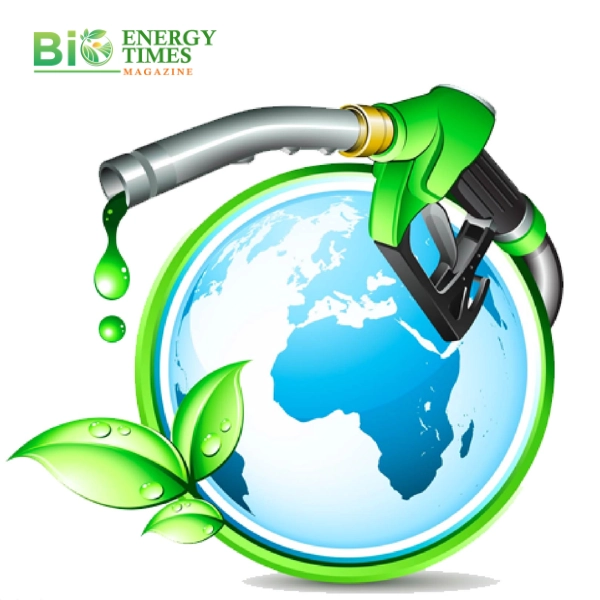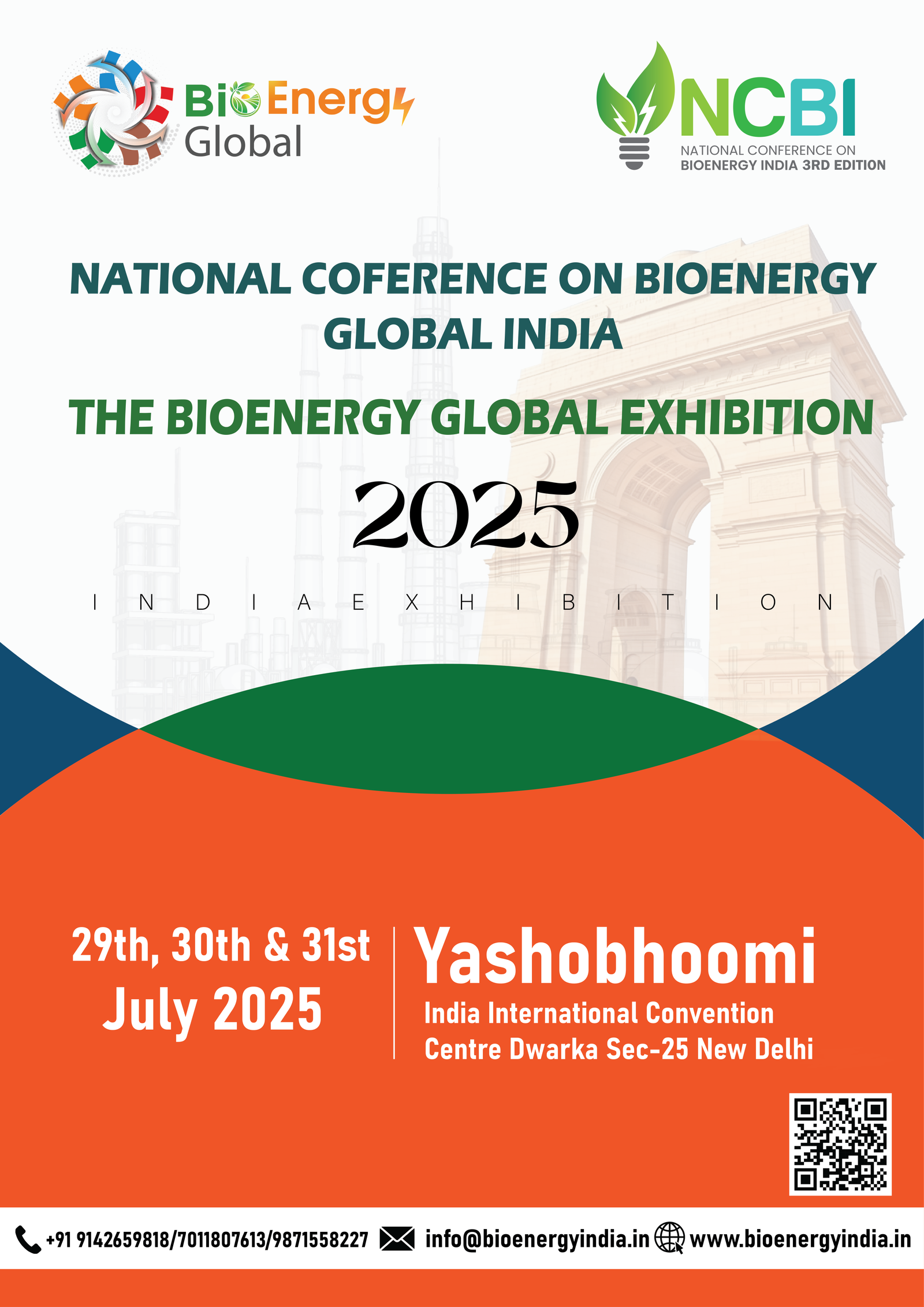In a landmark move aimed at reducing carbon emissions and enhancing energy security, India has announced ambitious targets for ethanol blending in gasoline. The government plans to achieve a 20% ethanol blending rate in petrol by 2025, up from the current 8-10%. This initiative is part of India’s broader strategy to promote renewable energy sources and reduce its dependence on fossil fuels.
The push for higher ethanol blending ratios is expected to create significant opportunities for the ethanol industry, including increased investments in ethanol production facilities and a boost to agricultural incomes through demand for sugarcane and other feedstocks. Moreover, the move is aligned with global sustainability goals, signalling India’s commitment to mitigating climate change and promoting cleaner energy alternatives.
Industry experts have welcomed the government’s initiative, highlighting its potential to transform the ethanol sector into a key pillar of India’s renewable energy portfolio. However, challenges such as infrastructure development, feedstock availability, and pricing mechanisms will need to be addressed to ensure the smooth implementation of the ambitious ethanol blending program.



